Famous for the beautiful beaches and relaxed holiday vibe, Cyprus is also home to a staggering array of endemic animal species. Its green forested mountains, crystal clear lagoons and shrublands abound with numerous animals, birds, fish and reptiles.
So, if you want to know more about wild animals in Cyprus and explore the island’s fauna, stay tuned — and let us tell you what types of wild animals are living in Cyprus and where they can be seen in their natural environment.
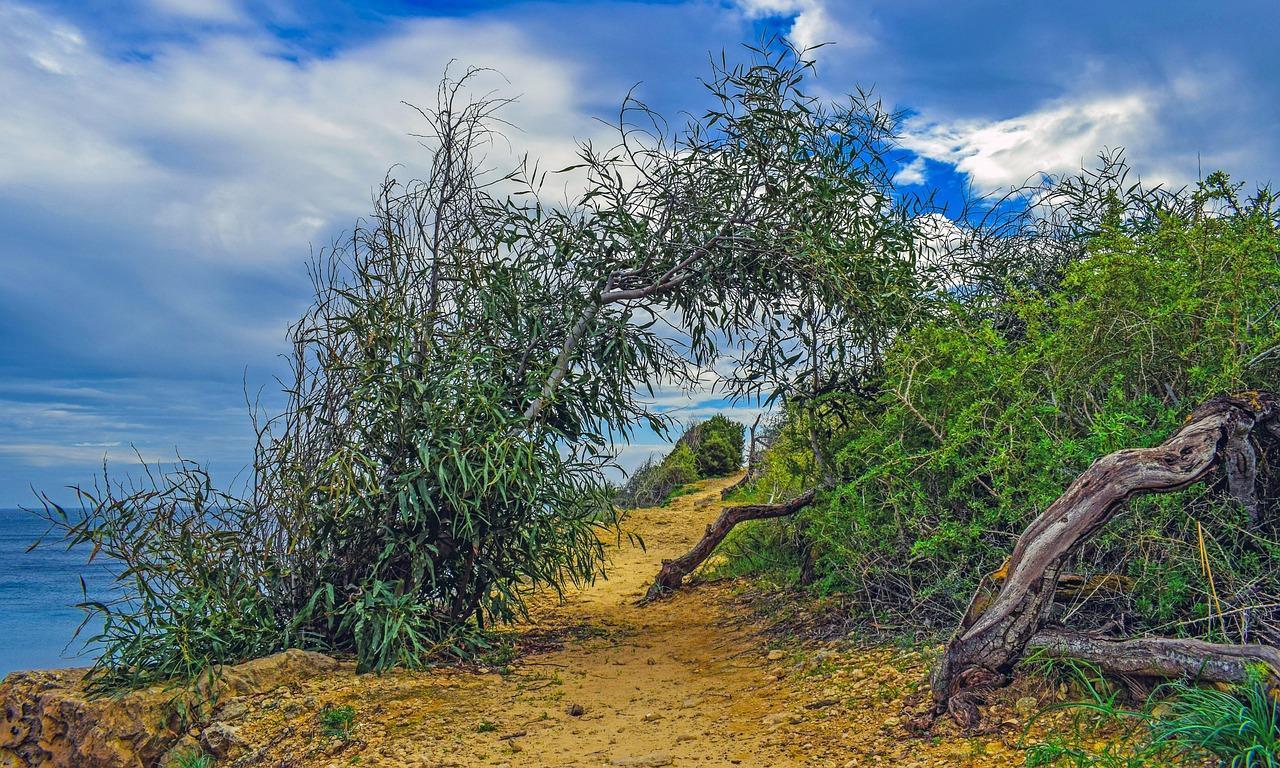
Unique animals
As an island, which was separated from the mainland for millions of years and located at the crossroads of Europe, Asia, and Africa, Cyprus has developed its own unique flora and fauna. Washed by the warm Mediterranean sea, it boasts a mild climate all year round attracting many migratory species from around the world.
Interesting fact: Cyprus doesn't have any large predators. With just the red fox and several predator bird varieties and reptiles, this island has developed a thriving ecosystem for biodiversity and a safe environment for prey animals.
Birds
According to the island’s forestry department, Cyprus is quite a unique country within Europe when it comes to birds. With approximately 400 varieties, 53 of which are indigenous, including a Cyprus warbler and Cyprus wheatear. In addition, there are some predatory varieties — from griffon vulture, Bonelli’s eagle, Eleonora’s falcon to several types of owls. Hoopoes, bee-eaters and flamingos, which mostly gather around Akrotiri and Larnaca’s Salt Lake, are also quite common.
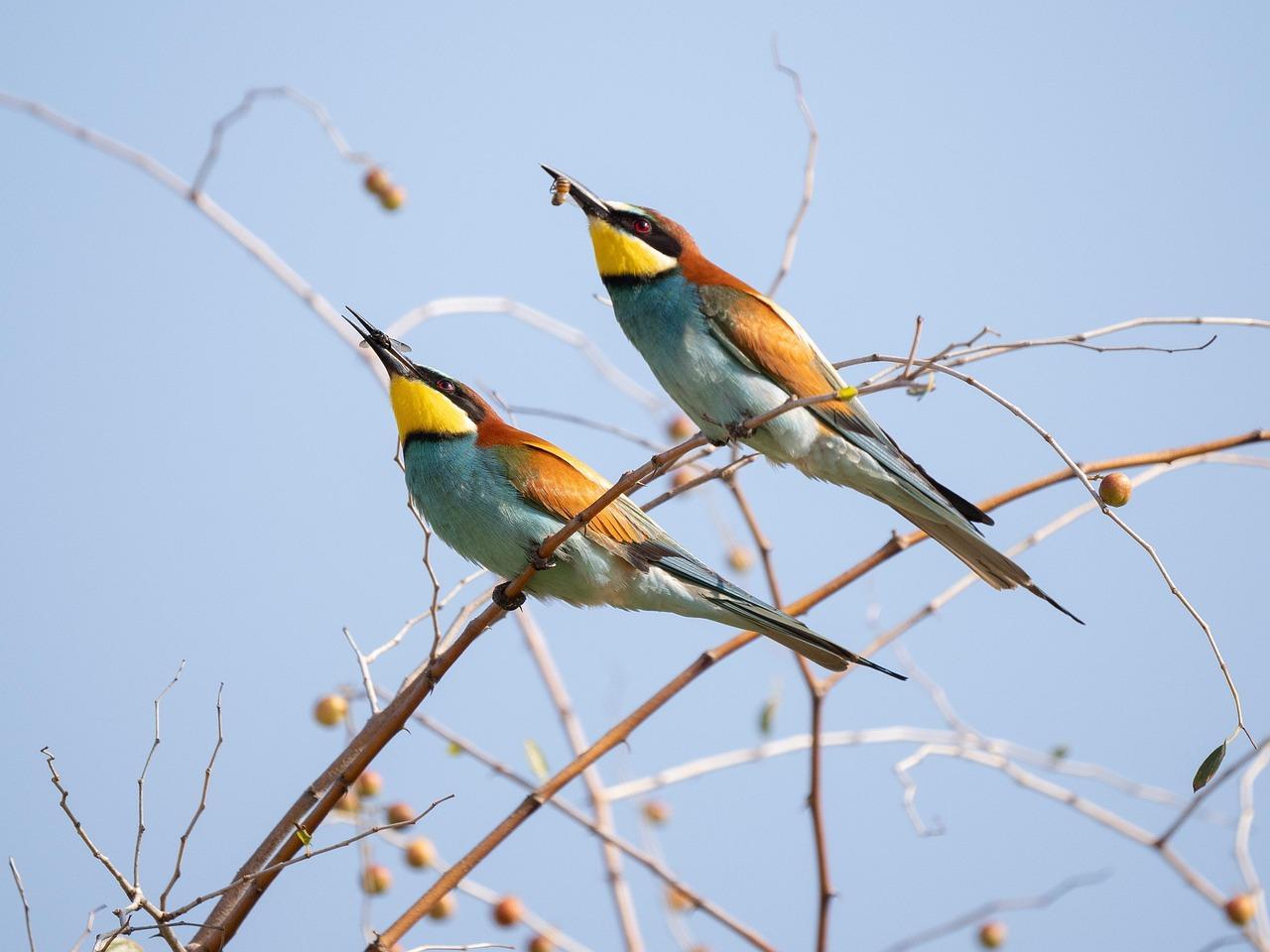
Mammals
The most iconic and much talked about local species is a mouflon — a variety of mountain sheep, known by a colloquial name of «agrino». Proud, but gracious, with their impressive curved horns and compact bodies, they are extremely agile and acrobatic. Primarily found in the Troodos range and Paphos forest, mouflons thrive on craggy terrain and can effortlessly climb up and down almost vertical cliffs. Listed as an endangered species in the past, now with each year the population of mouflons is steadily growing.
Another unusual endemic creature is a Cyprus mouse. It was first discovered and identified as a separate species in 2004. This forest mouse has distinctively longer ears and bigger eyes and teeth, which are traditionally considered to be quite primitive features. It is relatively rare and not easy to come across since it primarily lives in the mountainous and other remote locations.
The island has a very diverse bat population reaching over 19 varieties.
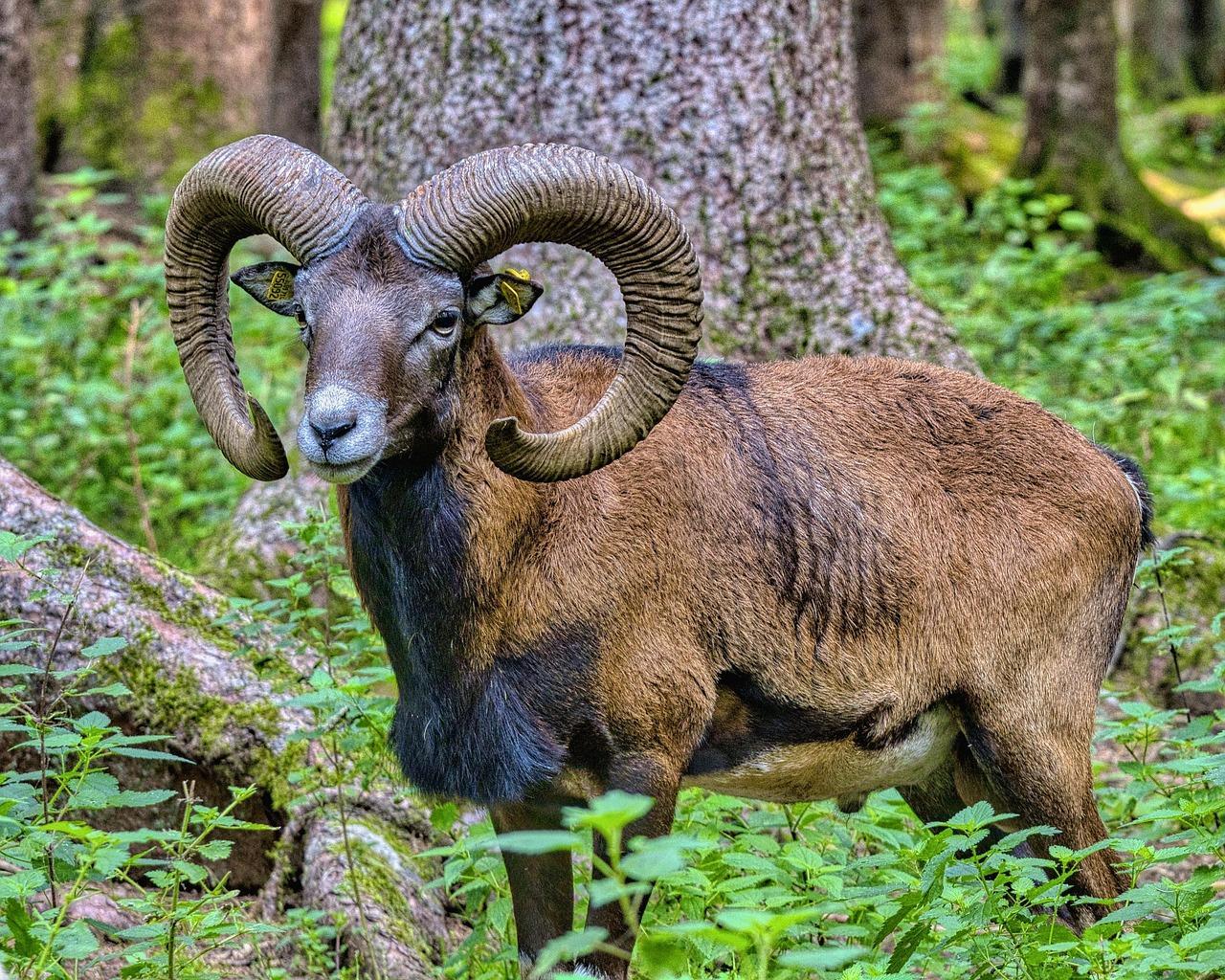
Reptiles
There's a wide variety of reptiles — from lizards to geckos and snakes. A relatively common Cypriot variety is Rock Agama lizard, followed by Schreiber's fringe-fingered lizard and snake-eyed lizard. The two commonly found local gecko varieties are a Turkish gecko and Kotschy’s gecko.
Interesting fact: Locals have a superstition about geckos — that they bring luck, if found in the house. The most common variety — Kotschy’s gecko is called «misharos» in local slang.
There's a number of snake species, with just one of them being venomous and dangerous to humans — a blunt nosed viper. This earthy coloured snake with dark brown spots on the back, is rightfully the largest snake on the island, reaching an impressive 1,5 meters in length. The other snakes are harmless. For example, a local black-coloured Cyprus whip snake, a Montpellier’s snake, a coin snake and a dwarf snake.
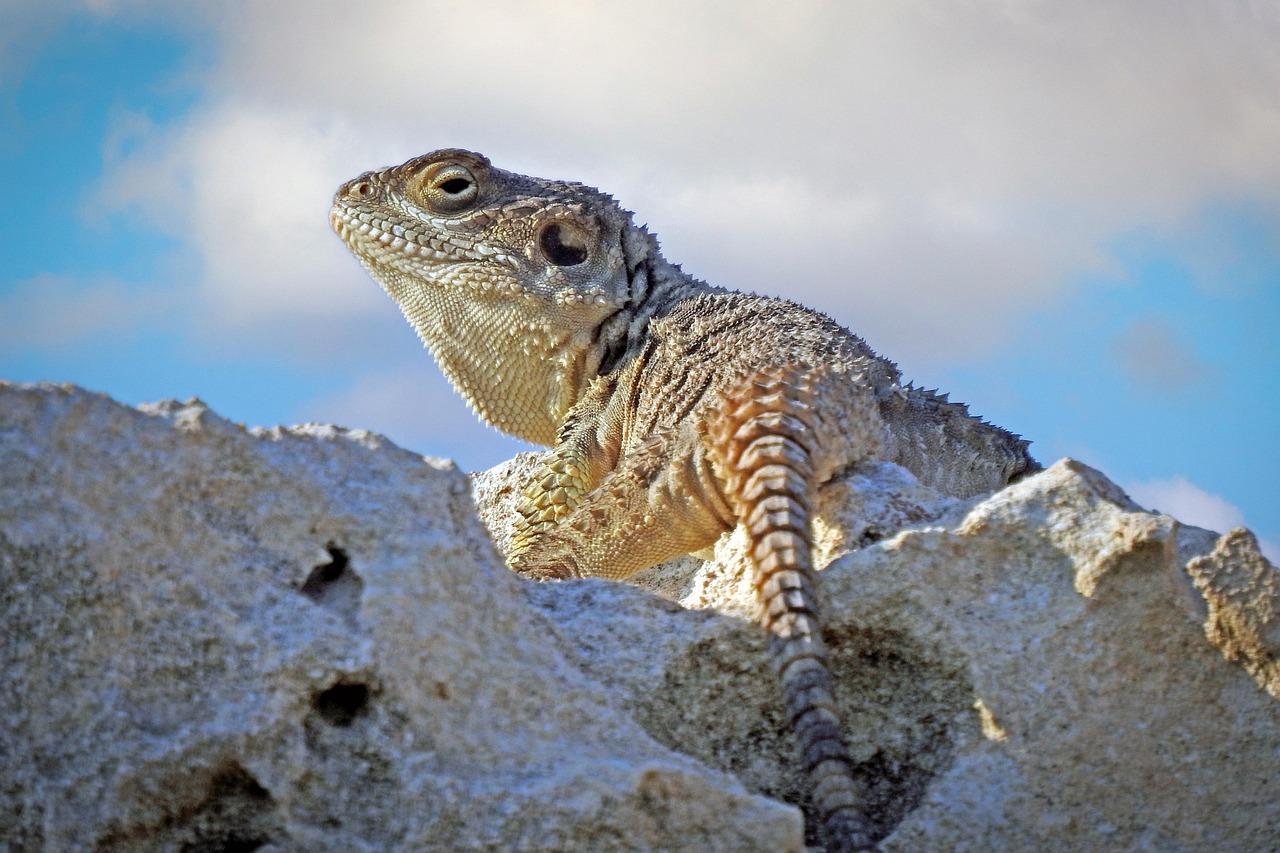
Natural habitats
With such a unique and diverse landscape, Cyprus offers a variety of natural habitats. Pine and cedar forests in the mountains are inhabited by mouflons, red foxes, hares, Cyprus mouse and a plethora of birds.
Mediterranean maquis shrublands are abundant with hedgehogs, bats, geckos, warblers and bee-eaters. Local wetlands and salt lakes give refuge to migratory birds — infamous flamingos, and lesser known black winged stilt, glossy ibis, herons and egrets and more.
Coastal sand dunes often serve as a nesting ground of sea turtles, and are inhabited by a variety of reptiles and birds, like bee-eaters, Kentish plovers and crested larks. Whilst, the seas and lagoons with crystal clear water are a natural habitat of monk seals, dolphins, and the endangered Loggerhead and green turtles.
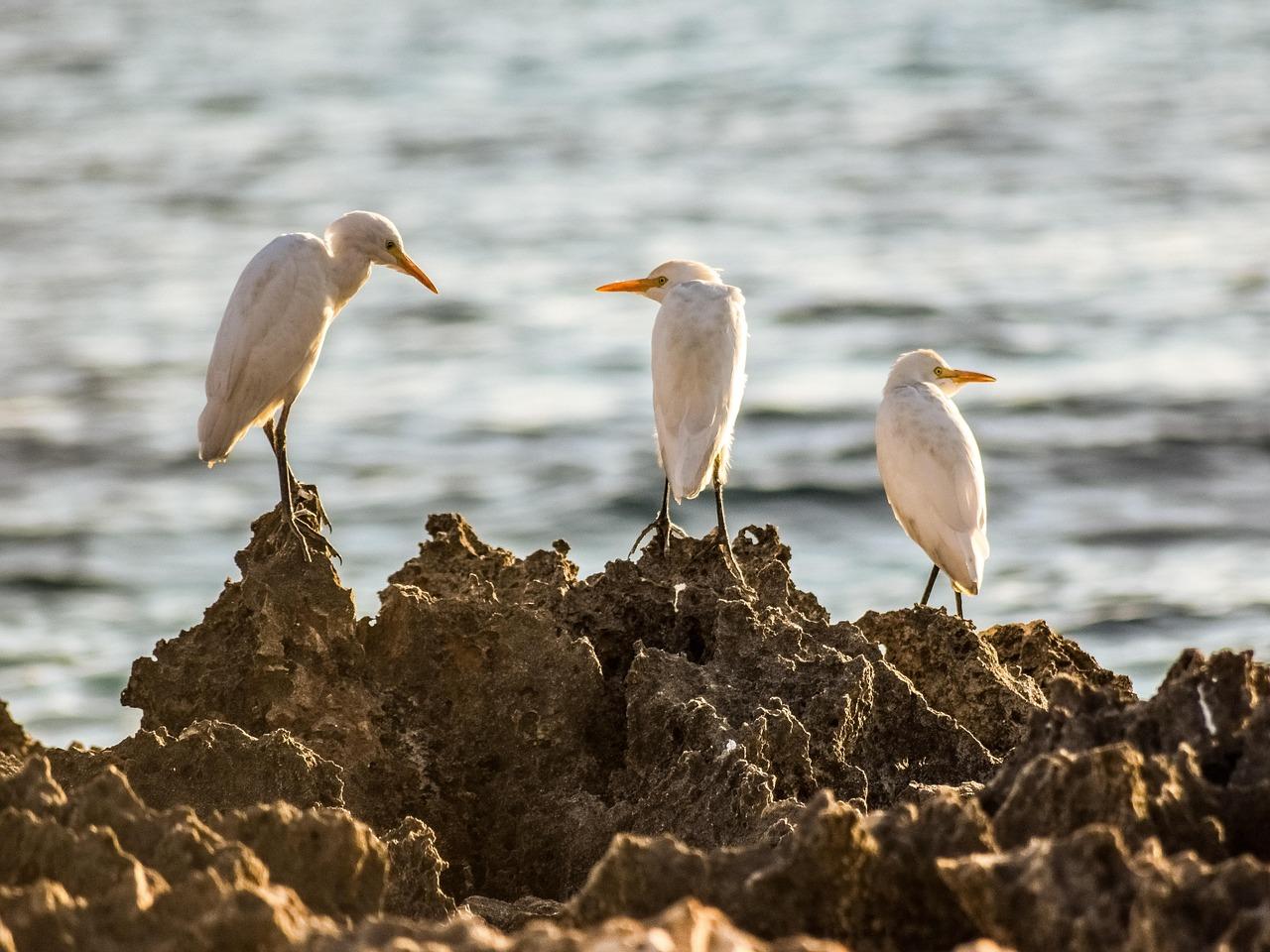
Protection of native species
Despite not having many natural predators, Cyprus’ biodiversity remains at risk with human activity disrupting the fragile balance of the island's ecosystem. Recently, in order to protect Cyprus’ wild animals these government initiatives were introduced:
- Hunting restrictions — with hunting of selected species permitted, but during a limited timeframe and only in allocated zones.
- Protection of rare species that may be on the verge of extinction with hefty fines for killing or trapping protected animals or birds.
- Creating conservation zones throughout the island which may help maintain the island’s natural habitat
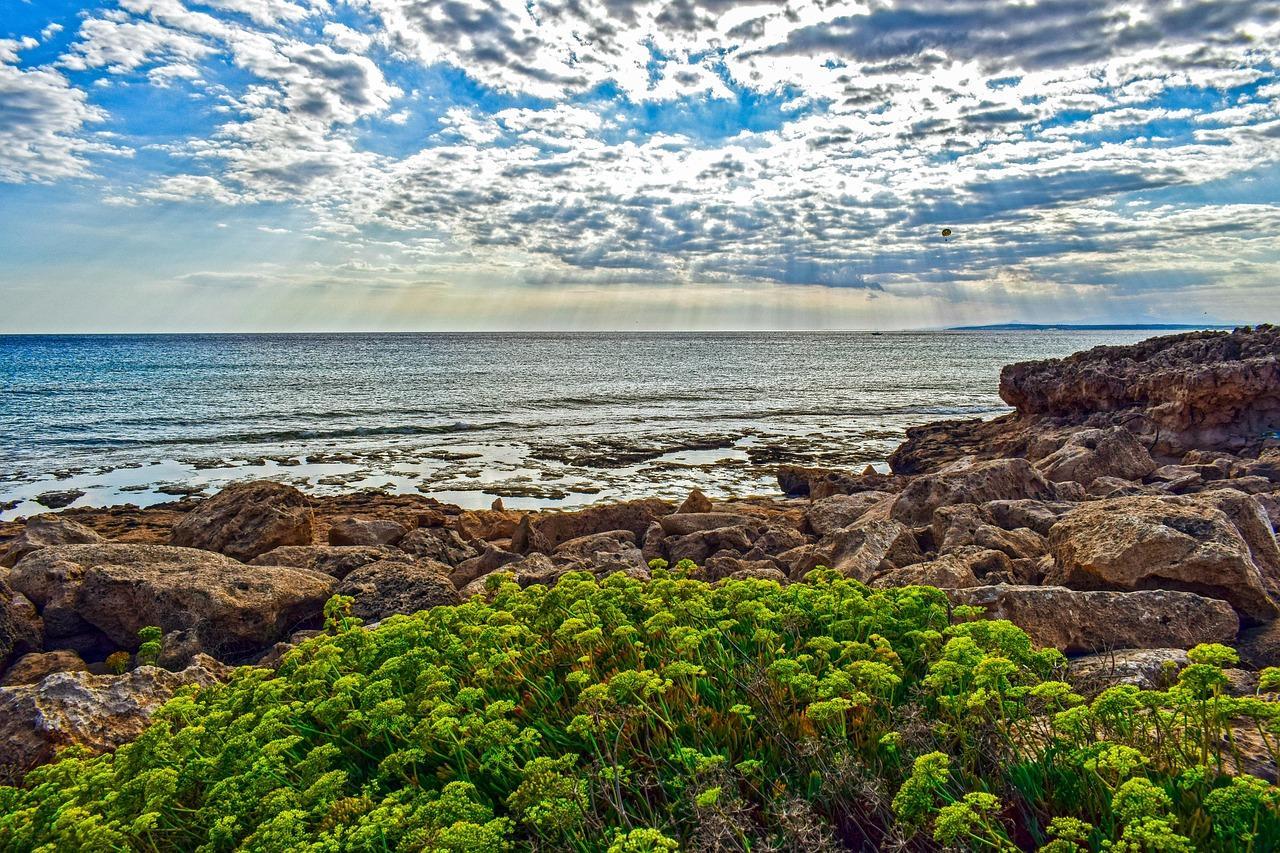
Conservation areas
Cyprus has numerous conservation zones that help preserve the natural animal habitat in pristine condition. Creation and protection of these areas is crucial not only for preserving the local species for generations to come, but also for helping to make the environment more sustainable. It prevents urban development and pollution, illegal hunting, bird-trapping and overcrowding.
Cavo Greco
Located on the south-eastern coast between Agia Napa and Protaras, Cape Greco is a striking tapestry of white cliffs, sea caves, shrublands and azure water. Spanning over 385 hectares, it is a natural habitat of both Cypriot and migratory bird varieties — from Cyprus warbler, wheatear to kestrels and owls. Lizard and gecko varieties abound on its rocky shrublands. Local sea caves hide a variety of bats. For those who are into diving or snorkelling, you can discover the local marine life with reef fish, octopuses and less common guests — turtles.
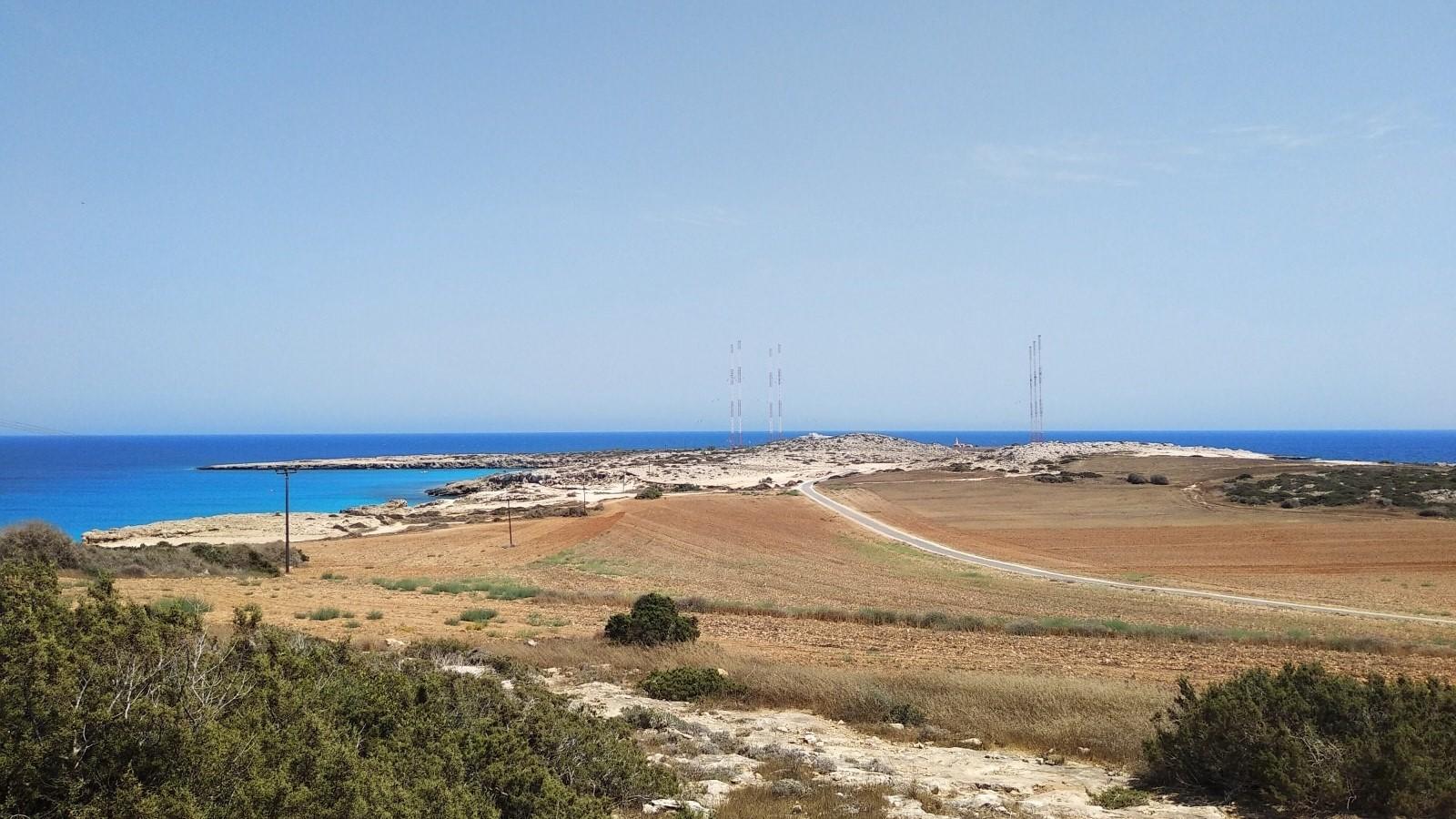
Akamas
Akamas Peninsula is by far the most spectacular island's conservation spots. Located on the western edge of the island and covering the area of about 230 square kilometres, Akamas boasts dramatic gorges, picturesque cliffs and secluded bays with clear intensely blue water. It provides a varied habitat to a diverse wildlife. Its beaches — Lara Bay and Toxeftra are a nesting ground of two distinct types of turtles — green turtle and Loggerhead. The rugged gorges are home to mountain goats that masterfully climb the vertical surfaces, whilst the mouflons roam freely in the Paphos Forest nearby. You can also spot unique local bird varieties, reptiles and bats here.
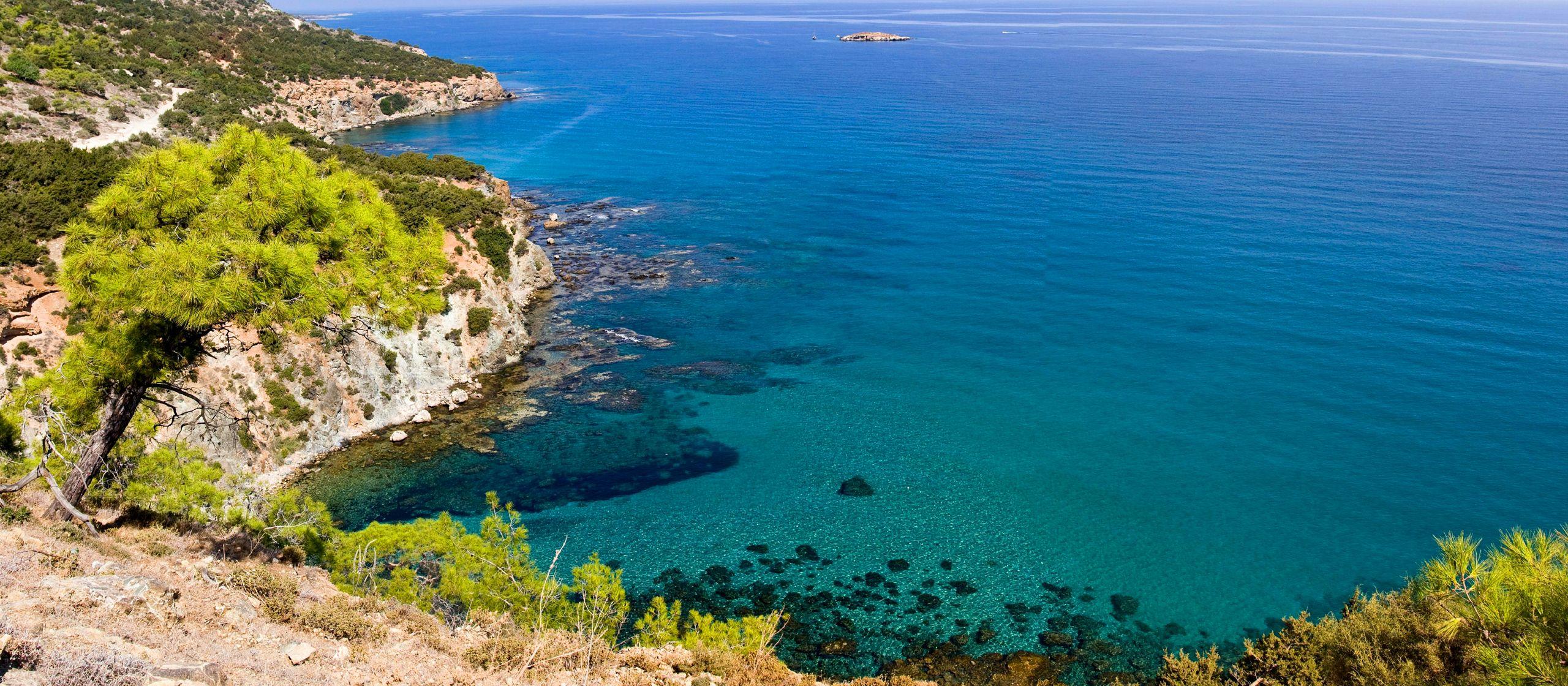
Troodos National Park
Located in the majestic Troodos Range, this National Park covers the area of 9,147 hectares. Composed of lush cedar and pine woodlands, this area is a true «encyclopaedia» of Cyprus’ flora and fauna. It boasts 750 plant species, with nearly 70 endemic varieties, amongst which is the black pine and local orchids — Cyprus bee orchid and dark bee orchid, to name a few. Troodos is traditionally famous as a «mouflon territory».
A variety of trees, bushes and shrubs where local hares, foxes, hedgehogs and the Cyprus mice find their refuge. It is rightfully considered a bird watcher’s paradise with over 120 bird species, some of which are local and others are migratory. There is also a unique reptile variety — Troodos lizard, endemic only for this region.
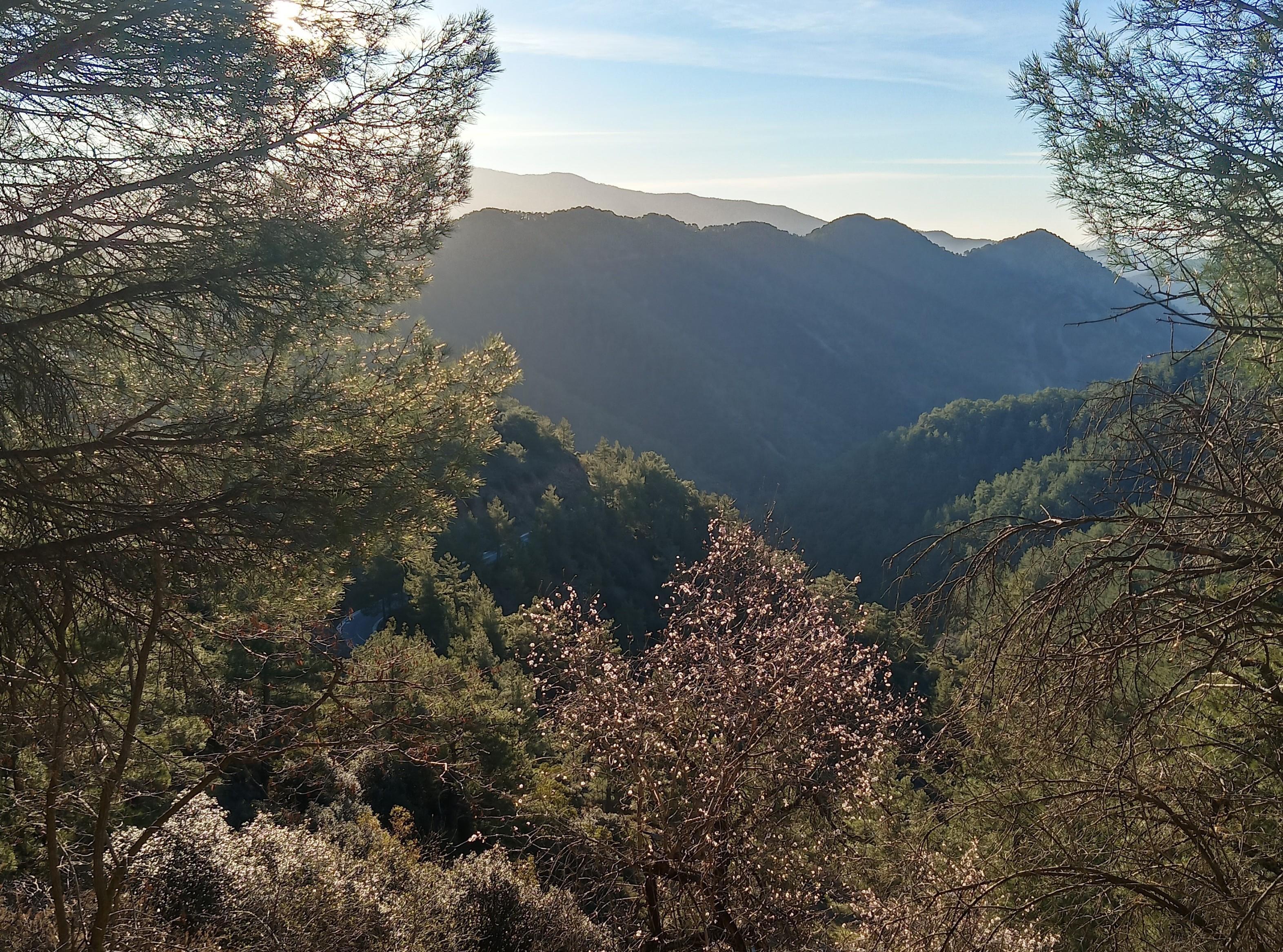
To get familiar with Cyprus’s wildlife it's best to go hiking on one of island's nature trails or to visit conservation centres, such as «Cavo Greco Visitors Centre» and «Akamas Visitor Centre» with plenty of information about local flora and fauna and fun activities for the whole family. There you will discover what some of the rarest local species look like and learn interesting facts regarding their life and habitat.
But, we are sure that you have already got a glimpse of Cyprus’ fauna without even leaving your doorstep — by listening to a gentle song of bee-eaters in the morning, or finding a gecko inside of your house, or, perhaps, by encountering a cute hedgehog in your backyard. So, next time when you’ll get a chance to see some of those wonderful creatures, please remember — it is up to us to preserve them for our future generations.
Read also:

